ABB AC 800PEC is designed for high-performance applications with extremely fast control algorithms, featuring cycle times ranging from 100 microseconds for rapid control loops to seconds for long-term transient operations. These applications require specialized control equipment. ABB has developed the AC 800PEC to expand the capabilities of its renowned automation technology, enabling it to handle high-speed algorithms in processes such as power electronics applications.
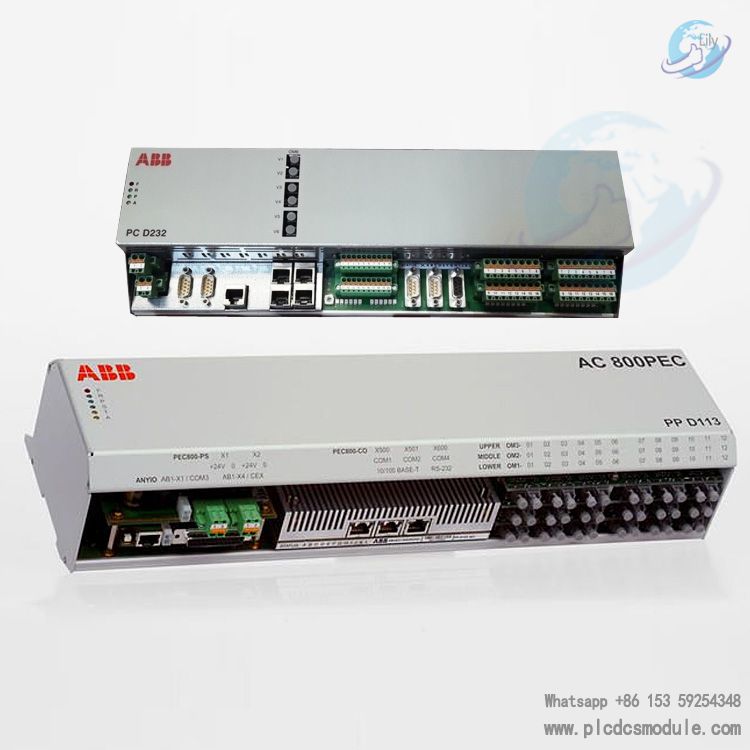
Unique Function Combinations of AC 800PEC to Meet Stringent Application Requirements:
Short cycle time: As low as 100 μs.
Strong processing capability: Capable of handling complex control tasks.
Fast communication and input/output: Achieved via optical links to ensure efficient data transmission.
Diverse programming tools:
ABB Control Builder (available in Compact and Professional versions) for system engineering using IEC 61131-3 languages.
MATLAB/Simulink for model-based product and control development, enabling seamless transition from simulation to implementation.
High integration: Fully integrated with ABB Ability™ System 800xA.
Innovative FPGA application: Flexibly uses FPGAs to incorporate protocols and application functions without imposing additional processor load.
Optical communication advantages: Employs optical communication with multiple benefits.
Industrial-grade hardware: No moving parts to ensure system stability and durability.
Long lifespan and easy upgrading: Long service life with convenient upgrading.
Robust file system: Reliable dependent file system unaffected by power outages.
Specifically Designed for Power Control in Process Industries
With global expertise in industrial, marine, and other application processes, ABB has made the AC 800PEC a key controller for its own industrial applications as well as third-party products and systems. The AC 800PEC is an efficient and flexible controller series, offering the following benefits through its short cycle times, fast I/O, strong processing capability, and advanced control using MATLAB/Simulink:
Improve process quality and output.
Save development and engineering costs.
Reduce product energy consumption.
Shorten the time-to-market for development projects.
Save manpower and resources in engineering and software development.
Increase Return on Assets (ROA).
Hardware backup and fast COMBI I/O integration: Ensure system reliability and stability.
Powerful Hardware for Efficient High-Speed Processing
The AC 800PEC combines the floating-point computing performance of the CPU with the flexibility and high-speed capability of an FPGA. The system is divided into three performance levels covering different cycle times, with control tasks allocated based on their speed requirements:
Extremely fast tasks: As low as 25 nanoseconds (FPGA tasks in nanoseconds).
Fast tasks: As low as 100 μs (Matlab/Simulink tasks in microseconds).
Slow tasks: As low as 1 millisecond (control tasks in milliseconds).
Typical Application Scenarios
Aluminum Applications
Communication between unit controller and master controller: AC 800PEC unit controller ↔ AC 800PEC master controller via PEC-PEC optical fiber link (100 μs).
Independent control capability: Enables unit control independent of the master controller.
Emergency operation support: Allows emergency operations (completely smooth current control in emergency mode without AC 800PEC, only in combination with DCS800 premagnetization).
Predictive maintenance function: Can include predictive maintenance capabilities.
Multiple protection functions: Software includes open circuit, overcurrent, undervoltage, and overvoltage protection packages. A newly developed OPC (Open Circuit Protection) independent PLC (Programmable Logic Controller) can be used in conjunction with AC 800PEC master controller functions or as independent protection during main control board maintenance.
Controllable shutdown: Enables controlled shutdown during events without immediate tripping, reducing interference with the production process.
Load-related function integration: Application software integrates Potline load fluctuation detection and load rejection functions.
Load tap changer function: Fast tap changing for load tap changers to prevent DC current overload during disturbances.
Dedicated measurement system: A dedicated potential line to ground resistance measurement system (PERMS) based on the AC 800PEC series.
Power regulation functions: Maximum power regulation to prevent excessive power consumption and support generators; maximum DC voltage regulation to stabilize process flows.
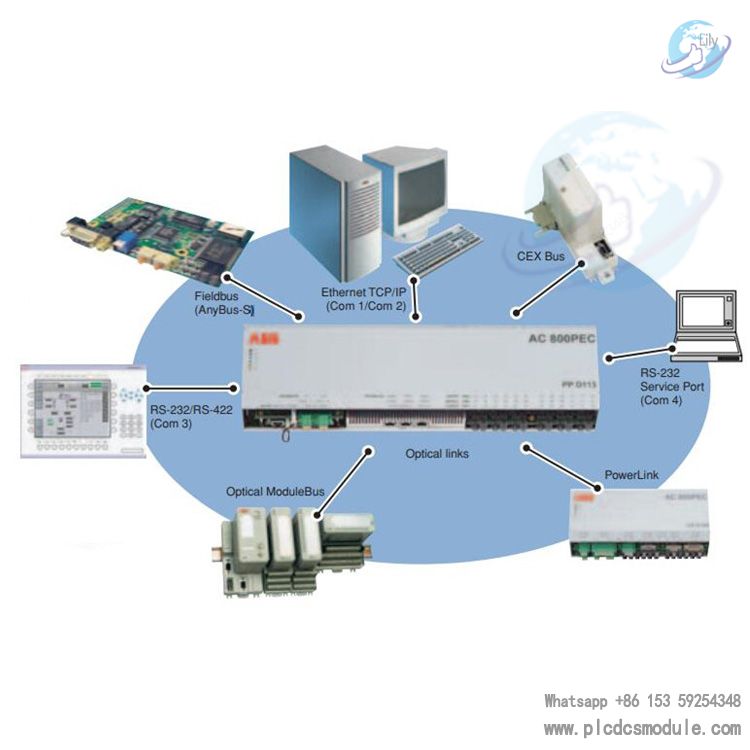
Here are the ABB AC 800PEC related models and their introductions:
PPD113B01-10-150000: As an ABB AC 800PEC excitation controller, it mainly regulates and controls the generator excitation system by adjusting excitation current to ensure stable power generation. Commonly used in thermal power plants, hydropower plants, and wind farms, it provides precise and stable excitation control for power generation systems, featuring advanced monitoring, protection, and communication functions, as well as a user-friendly interface for easy operation.
AC 800PEC-PP-D512: A high-performance Programmable Logic Controller (PLC) for power plants and industrial applications, belonging to ABB's AC800M controller family. Equipped with a 1GHz processor, it executes complex control algorithms quickly and efficiently, along with 512MB RAM and 1GB flash memory for large program and data storage. Supporting multiple communication protocols like Ethernet, Profibus, and CANopen, it integrates easily into existing control systems. It can be equipped with various I/O modules to connect sensors and actuators, suitable for industrial scenarios requiring high performance, reliability, and scalability.
PPD513AOC-100440 3BHE039724R0C3D: The hardware of this model consists of the basic unit AC800PEC BP (a backplane for installing processors, power supplies, optical, and communication modules) and the processor module AC800PEC CPU. These two components work together to provide strong processing capabilities, enabling AC 800PEC to operate stably under high-speed control requirements and possess a unique function combination to meet demanding applications.
PP D113 B01-23-111000 3BHE023784R2330: It belongs to the AC 800PEC series. Although specific functions are not detailed in the current information, it is confirmed to have some common characteristics of the AC 800PEC series, such as high-speed processing capabilities and support for multiple programming methods.
PP D113 B01-25-111000 HE023784R23B530: Used in the AC 800PEC static excitation system UNITROL 6000 X-power, it mainly functions in the static excitation system. Through precise control of excitation, it ensures the stable operation of generators, meeting the needs of related power production scenarios.
GFD563A102 3BHE046836R0102: As the core controller module of the system, it is suitable for scenarios such as industrial automation production line equipment control, power industry excitation system and power distribution protection, HVAC system energy efficiency management, and conveying equipment automation control. Its input voltage is compatible with 24V DC (some support 12V DC) and 85V AC~264V AC, with output voltage ranging from 5V DC~60V DC (or 0~380V AC/0~400V AC), rated power of 46kW, operating temperature of -20°C~+60°C (or -20°C~+70°C), protection class IP20 or IP65, and supports communication protocols like Modbus and CANopen. Adopting a modular design, it consists of input/output modules, control units, etc., and is equipped with a 750MHz RISC processor, supporting a 100μs-level control cycle. With protections against overload, short circuit, etc., it can be programmed via ABB Control Builder M and MATLAB/Simulink, and integrated with the 800xA system, widely applied in power electronics, industrial manufacturing, rail transit, and other industries.






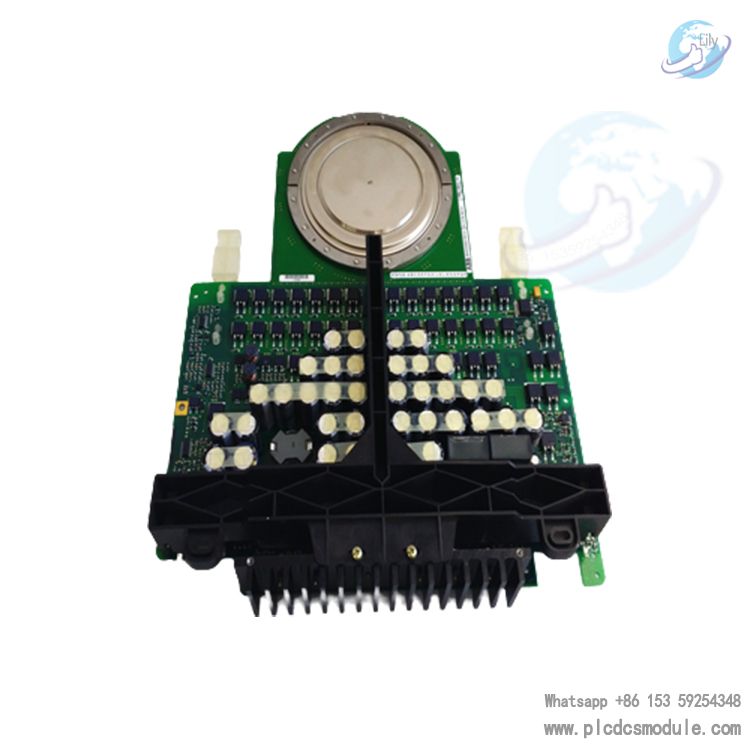
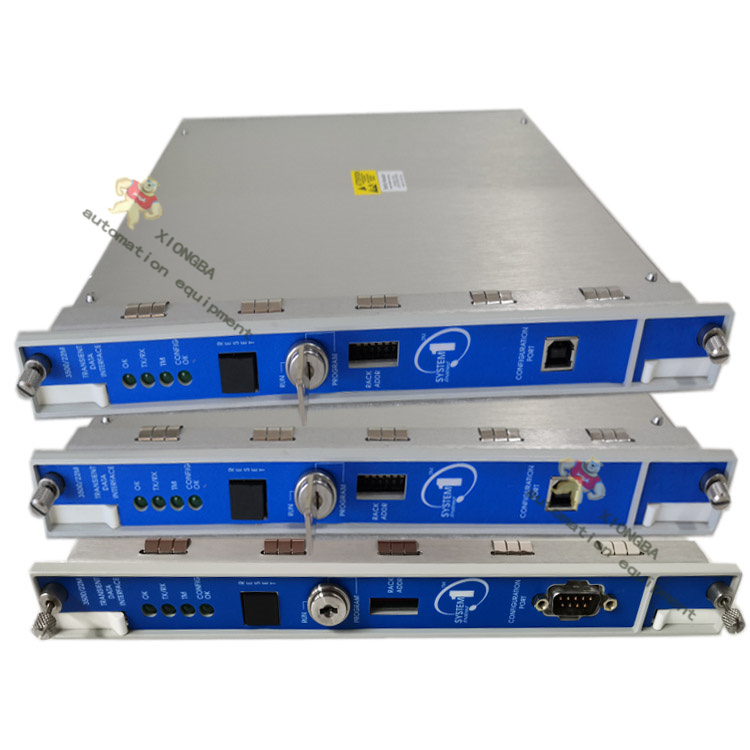
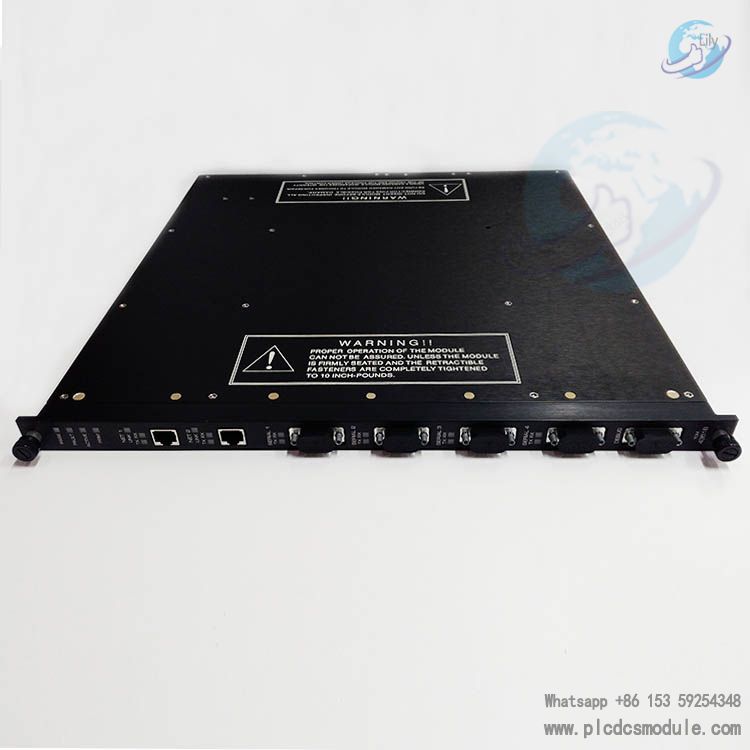
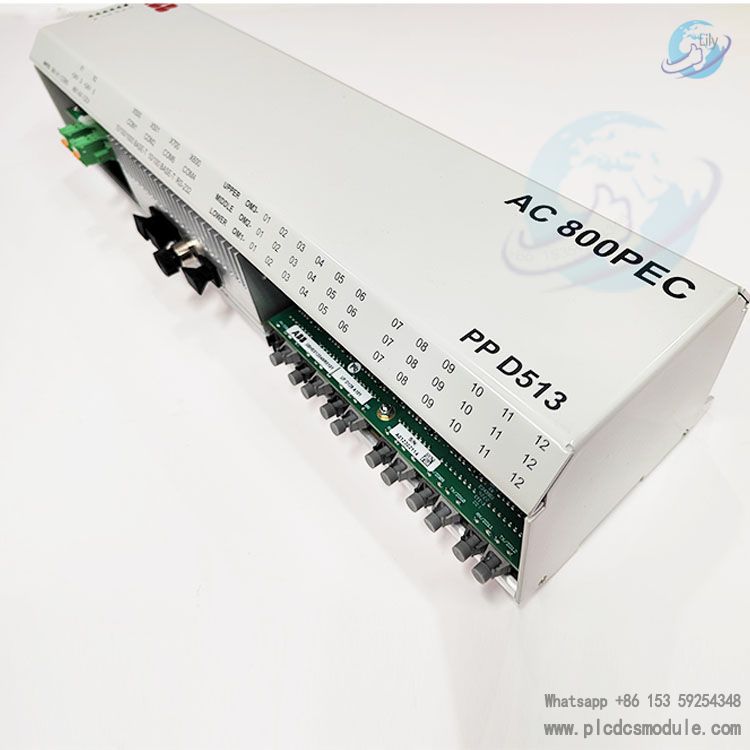
 3005319639
3005319639